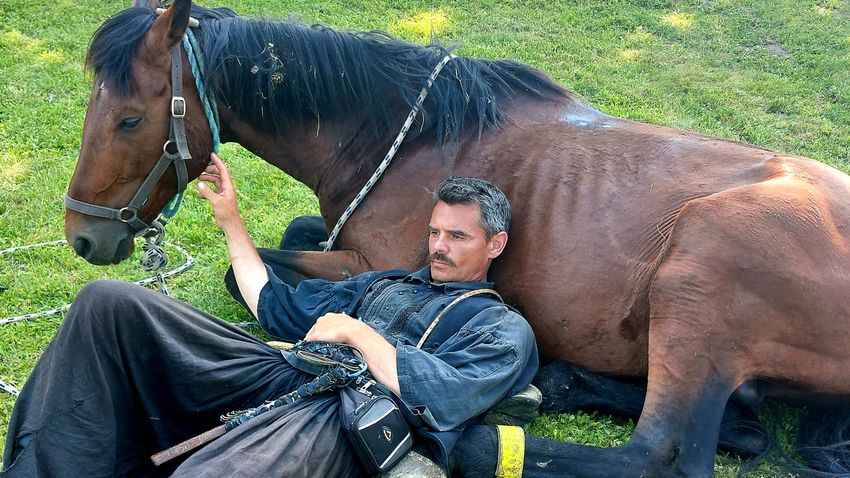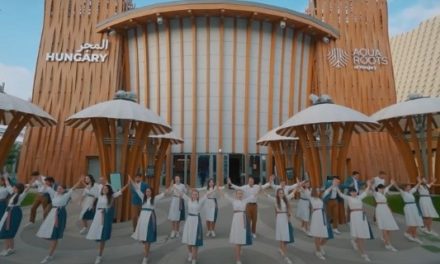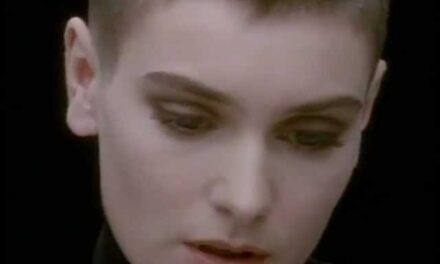Chemez Wolf resting (Photo: Bencsik Alma Virág)
MEMBERS OF THE HORSEMAN BETYÁR COMMUNITY PILGRIMAGE ON THE MÁRIA ÚT FROM MÁRIACELL TO CSÍKSOMLYÓ They
have already done this journey before, and also circumnavigated the borders of historical Hungary on horseback - and this year they are again making a pilgrimage on the Mária út from Máriacell to Csíksomlyó. The members of the Lovas Betyár Közösséd chose this way of looking back at the old tradition and with a truly Hungarian spirit to ask for peace for our country by addressing Our Lady.
The participants of the Queen of Peace horse pilgrimage set off on April 9, so that they could then cross the country and take part in the farewell ceremony in Csíksomlyo when they arrived in Székelyföld. It was still snowing in Máriacell at the time of departure; camping at night on the mountainside is not good for you at this time, especially if you got lost before and had to walk fifteen kilometers more than planned. However, the pilgrimage - as ethnographer Chemez Farkas, a wood, bone and horn carving artist awarded the title of Young Master of Folk Art, puts it - takes place between heaven and hell; sometimes they experience one and sometimes the other with their fellow pilgrims, Attila Hottak, Szilveszter Király and László Unyi. The latter feeling is caused by difficulties - getting lost, avoiding, possible problems with the horses, nervousness due to fatigue. During the aforementioned freezing night spent outdoors, for example, the bone-deep cold fought with sleepiness in them, as a result of which they were only able to rest undisturbed for two hours.
However, all of this is overridden by the moments that Chemez Farkas describes in a very perceptive way in his travel diary.
The perception of space and time changes in me at this time, I also see the landscape as if we were walking in the Hungarian past or in the more secluded places of today's Székelyföld.
It's as if the past hundred to fifty years have been forgotten around here as well, and the ghosts of the places show their former, truer face. At such times, I believe and know even more strongly that Hungary has a more original, more genuine, more beautiful; her fairy, angelic, age-old face, which was covered up and mocked by the rushing, greedy, accumulating, quantitative, and very poor quality approach of the past decades - read the description published on the social media site.
Sándor Márai calls our country the Christ of nations;
According to Gábor Pap, Hungarian Heritage Award-winning art historian, a parallel can be drawn between the turning points of Hungarian history and the Stations of the Cross; according to this, the tragic dismemberment of the country at Trianon was without a doubt the torture of our nation. Chemez Farkas is also confirmed by horse pilgrimages in his belief that the Hungarian resurrection is near. We also touched on the topic during our previous conversation, then he said: We are now in a state after the death of the cross.
After Trianon, the nation's body was removed from the cross and placed in the tomb. He also said that the resurrection, however, is not the conclusion of a process, but quite the opposite; it means a new beginning, and it will only happen if the Hungarian people work together and embark on the common path leading to a unified future, the focal point of which is faith in God and which is nourished by the past, the life example of our predecessors.
We know the predictions of several church figures and visionaries regarding the future of Hungarians.
During his stay in Hungary, the leader of the White Royal Monastery of Nepal, Lama Tanpai Rinpoche, said that the intellectual, spiritual and spiritual renewal of the world will start from our country. And according to the Dalai Lama, "a nation with such a long history faces a bright future." Everyone knows the message attributed to Padre Pio: Hungary is a cage from which another beautiful bird will one day fly out.
Much suffering still awaits them, but they will have a glory unparalleled in all of Europe. I envy the Hungarians, because they will bring great happiness to humanity. In this line, we must mention XX. the visions of the most outstanding Hungarian mystic of the 20th century, Sister Natália, through which messages came from the Virgin Mary and Jesus. One of them reads as follows: "Just as redemption started from the stable in Bethlehem, so my great work will start from Hungary, the sanctification of souls, the repelling of Satan, the triumphant rule of my country."
Years before the outbreak of the Second World War, the Ursolyte nun received the message from heaven that Hungary could avoid the next world conflagration if a chapel of atonement was built on St. Anna's Meadow behind the Normafa, which lies at the intersection of the two Mária roads. Both Júsztinián Serédi and Cardinal József Mindszenty gave permission for this, but first the entry of the Red Army and secondly the appearance of the communist dictatorship prevented the actual construction. After the outbreak of the Russian-Ukrainian war, Cardinal Péter Erdő also expressed the importance of establishing a chapel, which - if it is really realized - according to Chemez Farkas' conviction, could be the most important cornerstone of the Hungarian resurrection and the united Hungarian future.
This future, the image of the world falling into place, is also shown by each pilgrimage route, as this is when the most changes occur within a person, and order is rounded up inside, which can later appear in the external environment as well. And the horse not only takes you in a physical sense, but also brings you back to the faith, knowledge, and traditions of the ancestors in spirit, thus making the journey uniquely Hungarian. Here I take the opportunity to mention the waist-backs by name, as not only their riders, but also Pepe, who has quarter horse and English thoroughbred ancestry, as well as the furioso stallions: Paráz, Szikla and Vándor, are also recognized for the more than for traveling one thousand three hundred kilometers. According to Mór Jókai, the horse makes you a person, the depth of which statement - I think - is felt by all equestrians, including Chemez Farkas, who says that the world looks completely different on horseback, especially if the road leads to Babba Mária. In such cases, they not only keep the tradition, but live in it.
Source: ZANA DIÁNA /mno.hu












